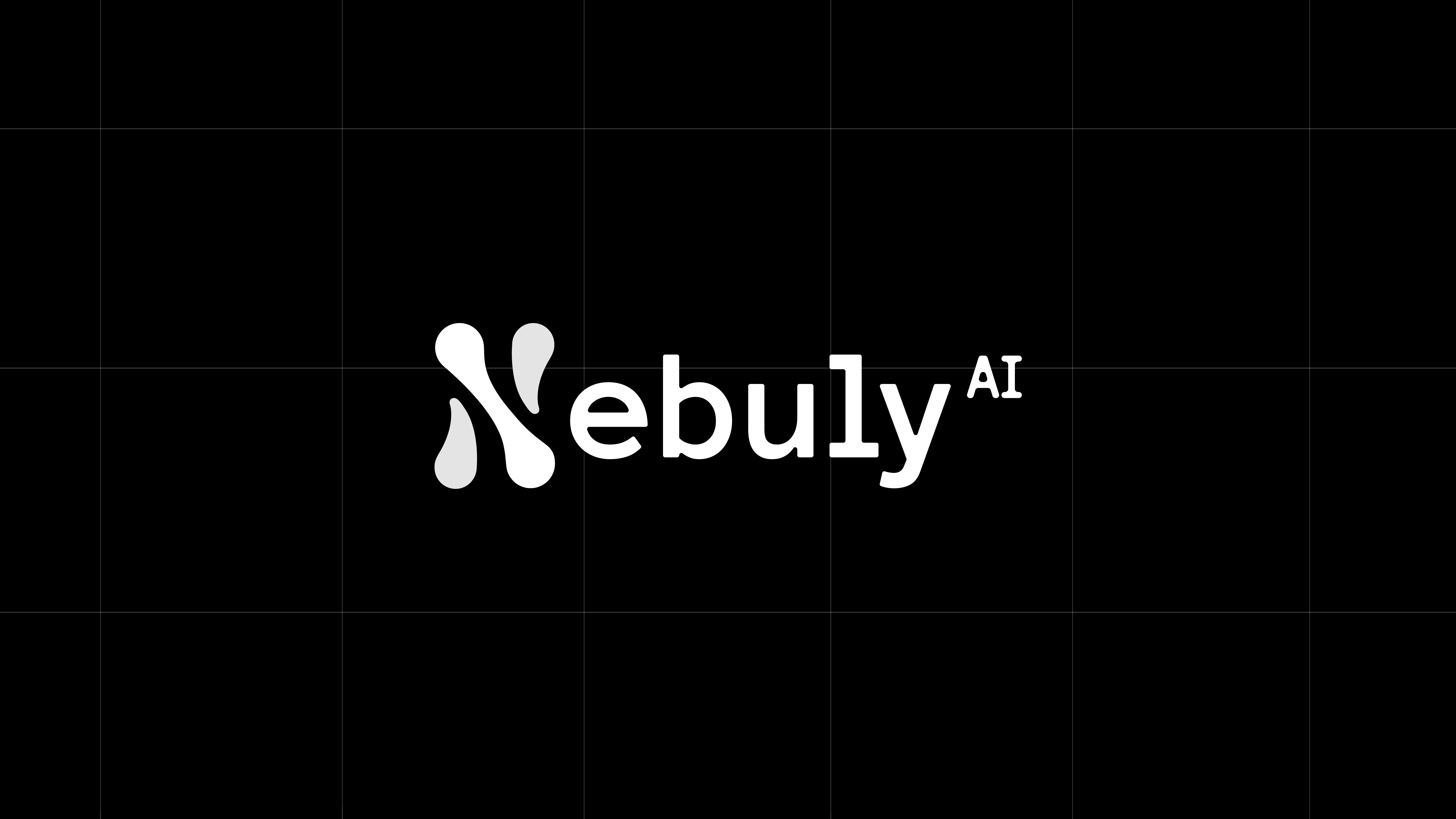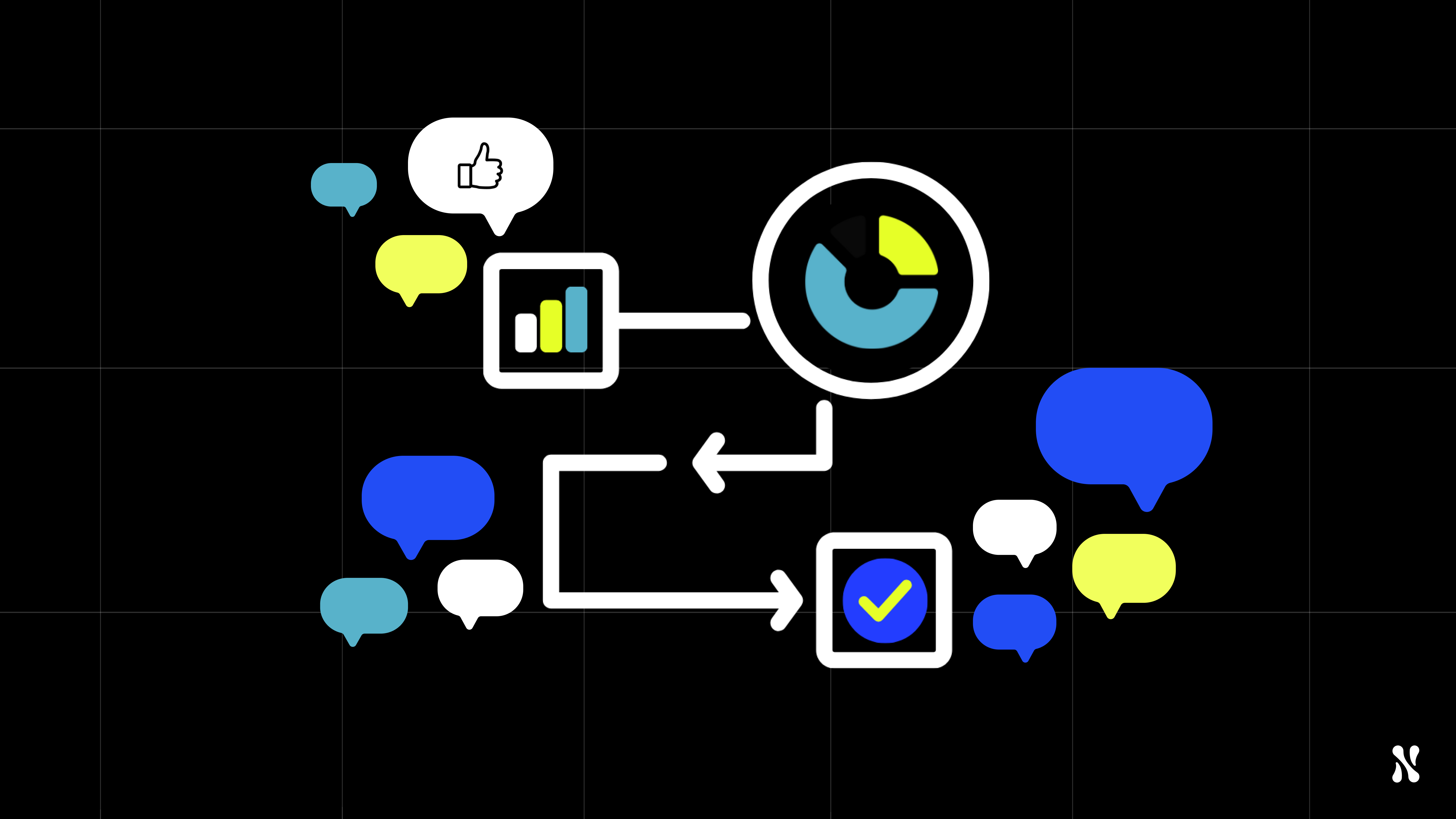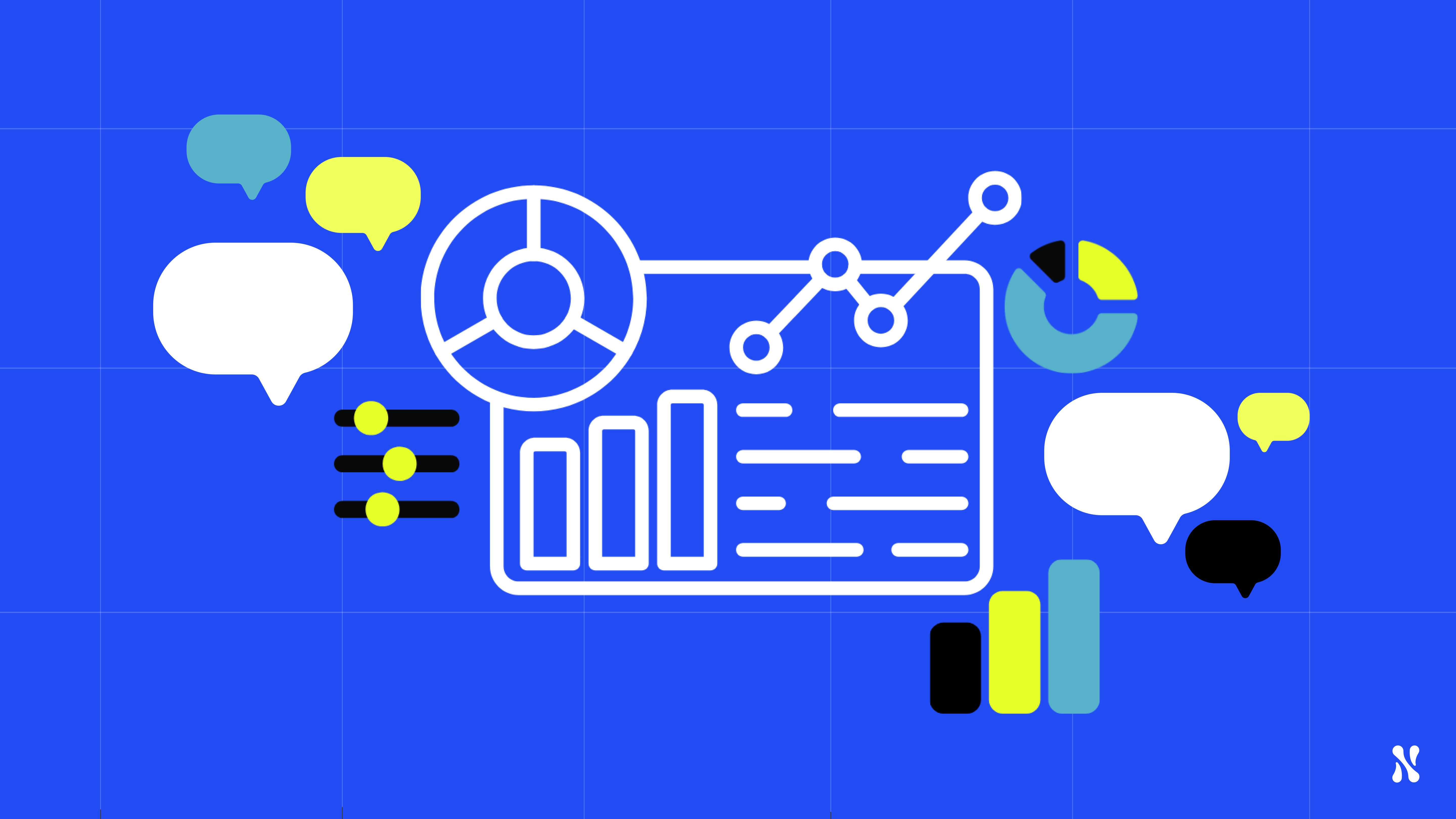Artificial intelligence (AI) has become an essential part of user experience and customer experiences. One of the most transformative applications is ChatGPT, an advanced AI powered Chat application from OpenAI, powered by their GPT Large Language Models. The GPT models allows companies to develop theri own customized “ChatGPTs” and AI-powered tools such as customer support chatbots. These tools are not only great for streamlining customer interactions, but the user interactions also offer rich opportunities for analyzing user behavior and intent.
In this guide, we’ll explore how you can do user research for your own ChatGPT style LLM-powered app, what insights you can gain from analyzing chatbot user interactions, and how specialized tools can enhance research and product development.
What Is ChatGPT?
ChatGPT is a chat application based on large language models (LLM) developed by OpenAI that uses deep learning techniques to understand and generate human-like text. Companies can leverage GPT models to build AI-powered applications, such as:
- Customer Support Chatbots: Automate responses to frequently asked questions.
- Sales Assistants: Provide product recommendations and real-time answers to customer queries.
- Internal Help Desks: Assist employees with finding documents, policies, and resolving common issues.
These custom-built applications help automate repetitive tasks, provide 24/7 support, and ensure a personalized user experience. However, beyond the immediate customer service benefits, the interactions collected by these tools can serve as valuable data for user research.
Analyzing ChatGPT Interactions for User Research
To maximize the effectiveness of a GPT-powered application, it’s crucial to analyze user interactions to understand how users engage with your chatbot or LLM-based assistant. This type of analysis provides actionable insights into user behavior, preferences, and pain points. Below are the key aspects that should be examined:
1. User Intent
Understanding what users are trying to achieve when they interact with the AI is one of the most valuable insights you can gather. Whether users are looking for information, need assistance, or are exploring your product, identifying their primary intent helps you ensure that your chatbot delivers relevant answers.
For example, if users frequently ask questions about a particular feature, that’s a clear indication that they need more information or help with that area. Analyzing these patterns helps improve the AI's knowledge base and refine its responses.
2. Conversation Topics
Analyzing conversation topics reveals what users are talking about most. By reviewing keywords, phrases, and questions, product teams can identify popular topics or areas where users encounter difficulties. This allows businesses to prioritize feature updates or add relevant information to FAQs.
For instance, if a high percentage of conversations revolve around troubleshooting, it may suggest that the product could benefit from enhanced guidance or clearer documentation.
3. Sentiment and Emotional Cues
Tracking user sentiment—whether users express satisfaction or frustration—helps assess the emotional state of your customers during interactions. Sentiment analysis involves detecting emotions like happiness, confusion, or anger in the user’s language. If users frequently show signs of frustration, it may indicate that the chatbot isn’t solving their problems, or the flow of conversation needs adjustment.
Detecting emotional cues also allows for more empathetic responses, which can improve the overall customer experience.
4. Engagement vs. Frustration
Another important metric is determining whether users engage with the chatbot repeatedly or abandon it after a single interaction. By examining the frequency and length of interactions, alongside retention data, you can gauge user satisfaction. High abandonment rates often indicate that the chatbot isn’t meeting users’ expectations, requiring further optimization.
Tools for Analyzing User Research with LLMs
While analyzing LLM interactions manually can be overwhelming, there are tools specifically designed to help researchers and product teams extract meaningful insights from AI-driven conversations. One such tool is Nebuly, a powerful platform that allows companies to deeply analyze user behavior in conversational AI applications, including those built with ChatGPT.
What is Nebuly?
Nebuly is a user reserach tool tailored for large language models like ChatGPT. It offers businesses the ability to track and interpret conversational data efficiently. Nebuly can:
- Map Intent and User Behavior: Visualize the flow of conversation and understand how users move through interactions with the chatbot, split by user intents. User intent is a great way to split the analysis, as it defines the use case and why the user is engaging with the chatbot.
- Topic Tracking: Automatically categorize the most discussed topics and pain points.
- Sentiment Analysis: Monitor user satisfaction in real time to identify frustration triggers.
- Optimize Retention: Provide actionable insights to improve the AI’s performance and boost user engagement.
Benefits of Using Nebuly for LLM User Research
Nebuly provides several advantages for businesses looking to optimize their AI-powered applications:
- Scalability: Whether you have hundreds or millions of interactions, Nebuly scales with your business needs, offering insights without overwhelming your team with data.
- Data-Driven Decisions: By leveraging the insights provided by Nebuly, product teams can make informed decisions about product improvements, feature development, and customer service strategies.
- Enhanced User Satisfaction: Understanding how users feel and what they need allows for the continual improvement of the chatbot experience, which in turn boosts user satisfaction and retention.
Conclusion
As more businesses adopt AI-powered applications like ChatGPT, understanding user interactions becomes critical for improving products and services. Analyzing user intent, conversation topics, sentiment, and engagement can unlock new insights that drive better decision-making. With tools like Nebuly, businesses can streamline their user research efforts and make the most of their LLM applications, leading to more satisfied users and more effective AI solutions. If you'd like to learn more about Nebuly, please request a demo here.
By incorporating these best practices into your AI-driven tools, you’ll be well-positioned to harness the full potential of user research in the AI era.






